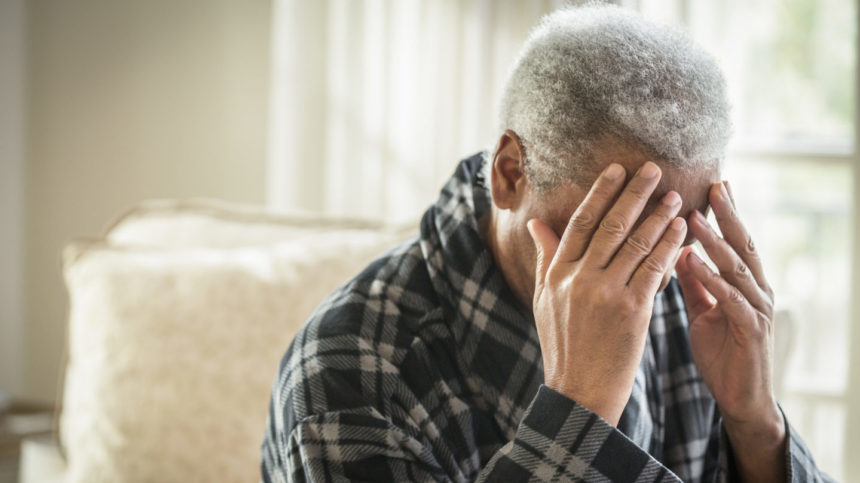
The percentage of people with a mental health diagnosis went up in all age groups between 2019 and 2023, but the largest increase was in older adults over the age of 65, according to a FAIR Health report released Monday.
The percentage of people with mental health diagnoses went up in all ages, but the biggest increase was in people over 65. In that group, the number of people diagnosed with mental health problems jumped by 57.4% between 2019 and 2023, data showed.
Data came from more than 46 billion private healthcare claim records. The team examined trends in mental health service utilization from 2019 to 2023.
Across the United States, the number of people with mental health diagnoses increased by 39.8% during the duration of the study; it was 13.5% in 2019 and 18.9% in 2023. Generalized anxiety disorder, major depressive disorder, attention-deficit/hyperactivity disorder (ADHD), adjustment disorders and bipolar disorder were the most common diagnoses made in 2023.
Generalized anxiety was the most commonly diagnosed condition in all age groups other than in children up to age 13 (in them, ADHD was the most common). The biggest increase per type of problem was for ADHD; it was the fourth most common mental health diagnosis in 2019 and third most common in 2023.
The percentage of claim lines (an individual service listed on a claim) associated with mental health diagnoses expanded from 3.8% of medical claim lines in 2019 to 5% in 2023. While claim lines linked to mental health diagnoses went up in all US states, the states with the most increases were Georgia, Connecticut, Hawaii, Montana and Nevada. The five states with the smallest increases were Ohio, New Mexico, Maine, Indiana,and Massachusetts. Mental health diagnoses climbed the most in the Midwest during the study period.
Mental health diagnoses went up in men and women during the course of the study, but women and girls had the largest increase at 44.6% compared to 32.7% for men.
Receiving mental healthcare in offices was most common except for 2021, when telehealth was more common, the analysis showed.




